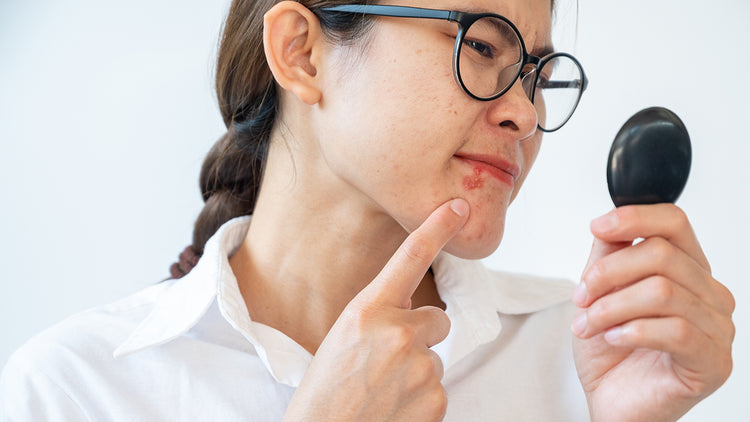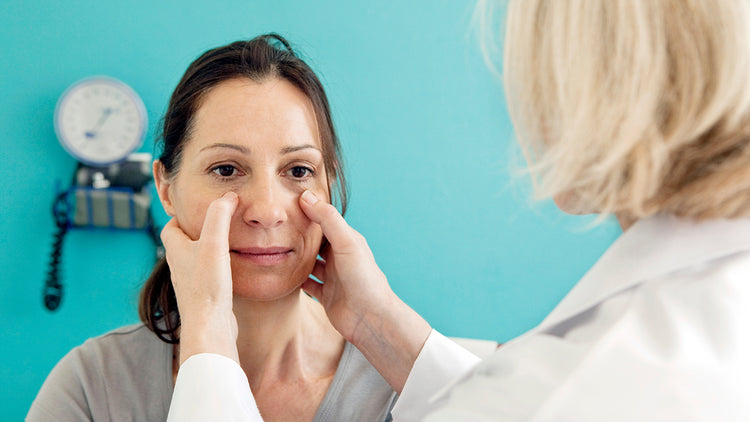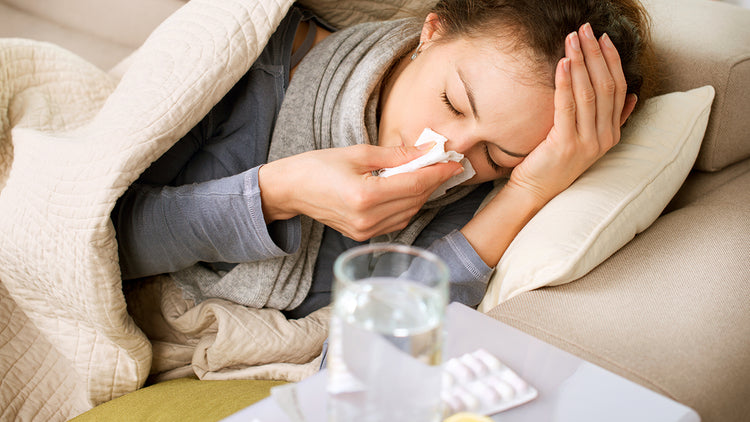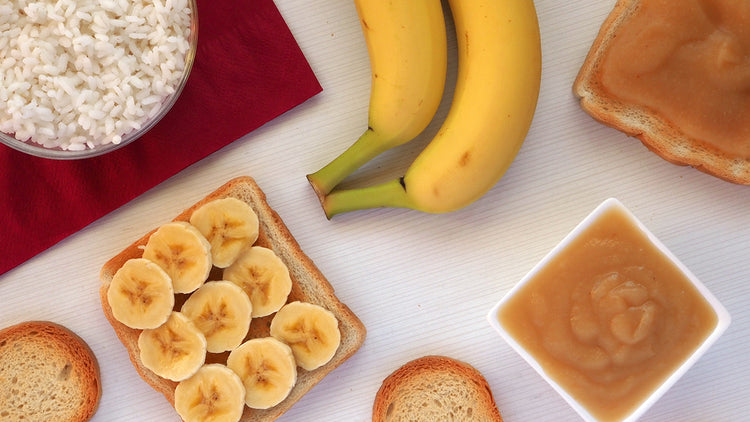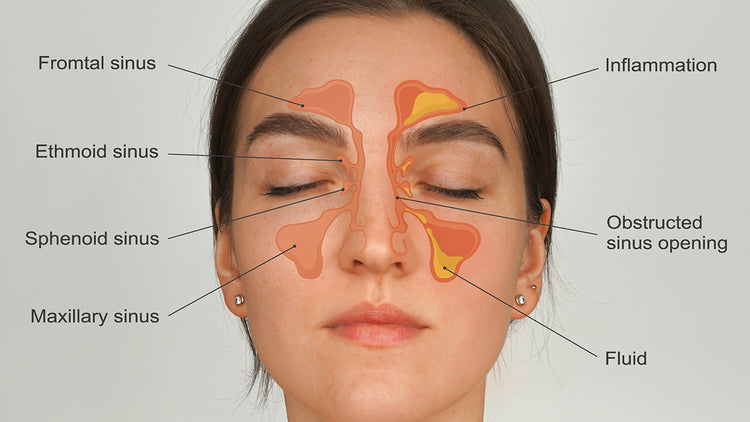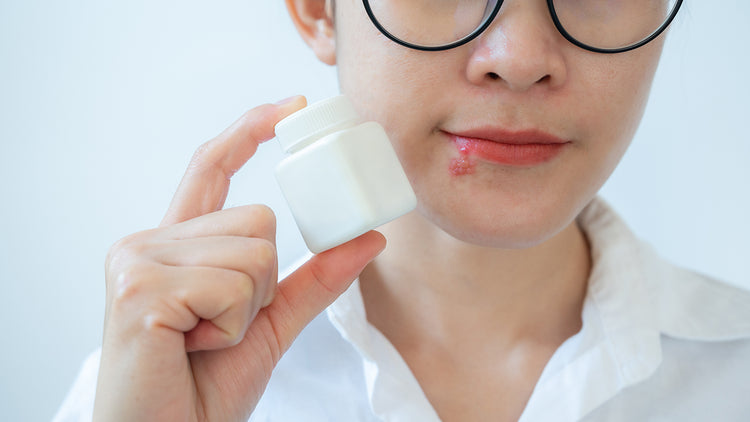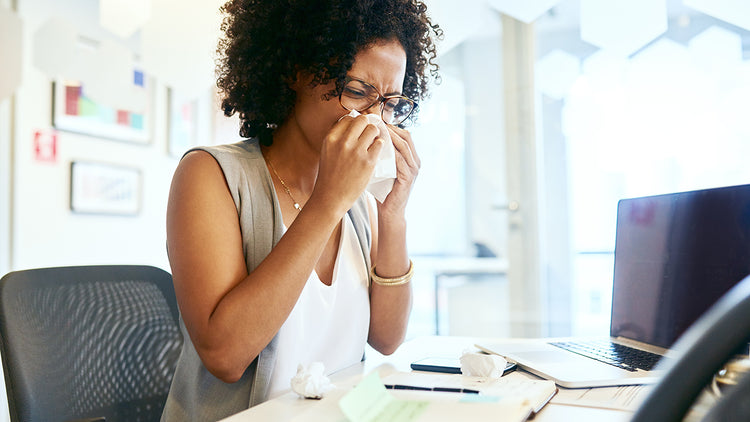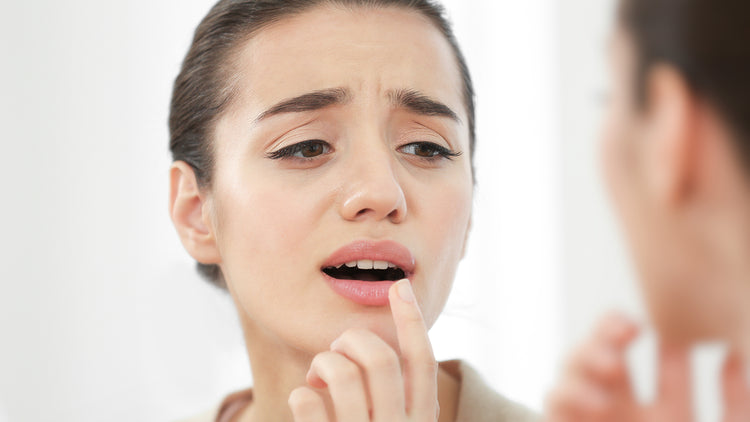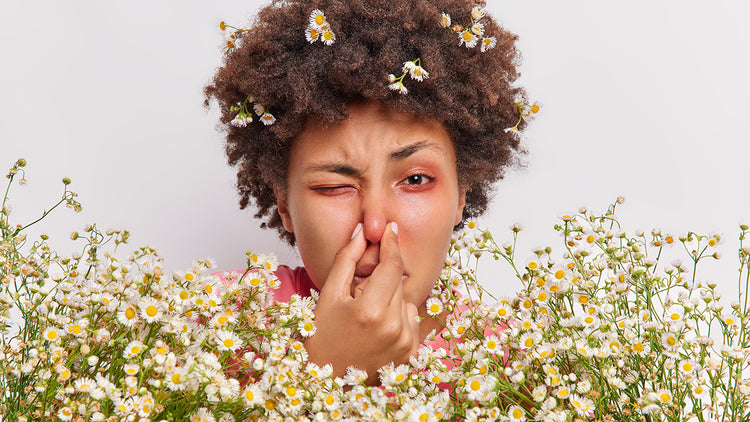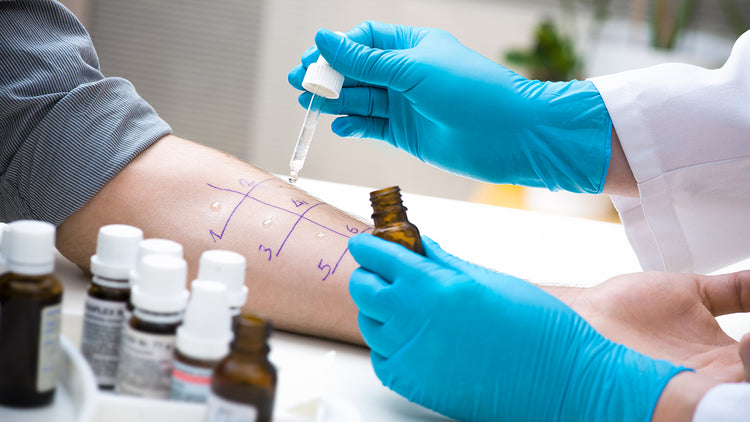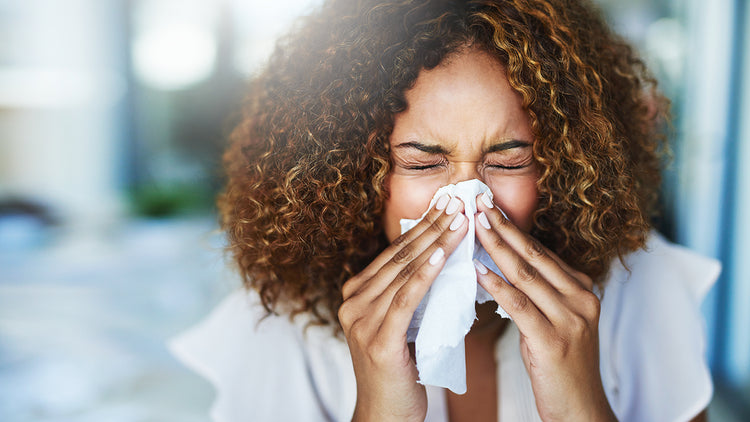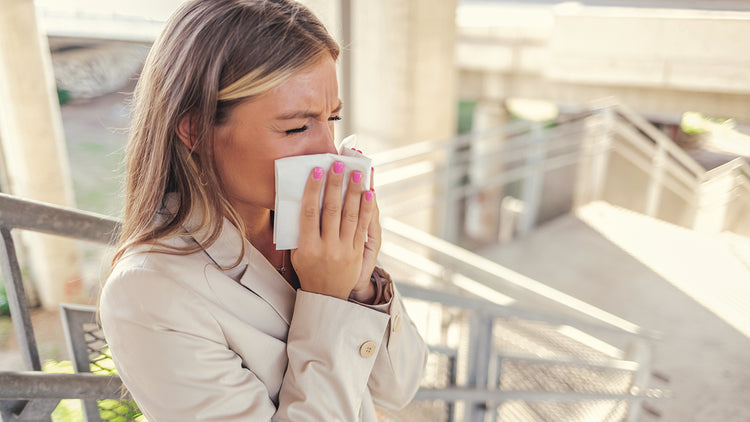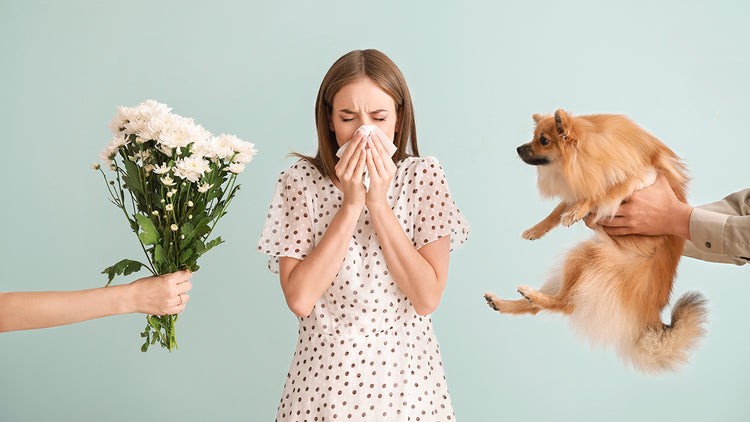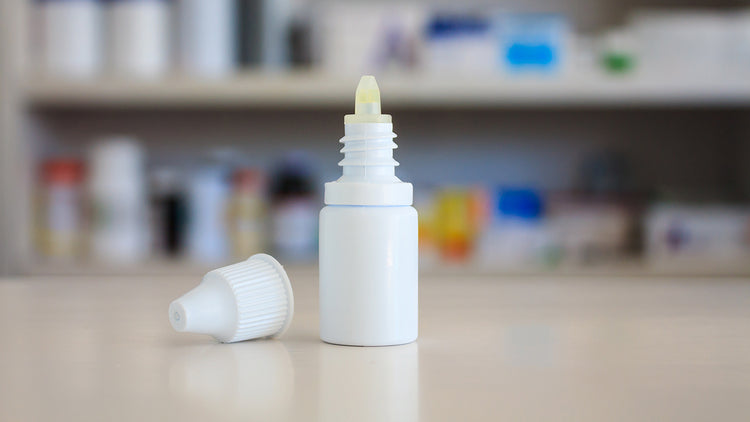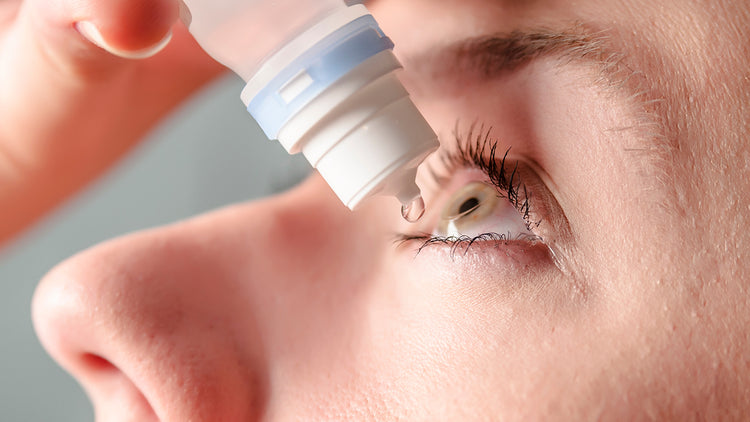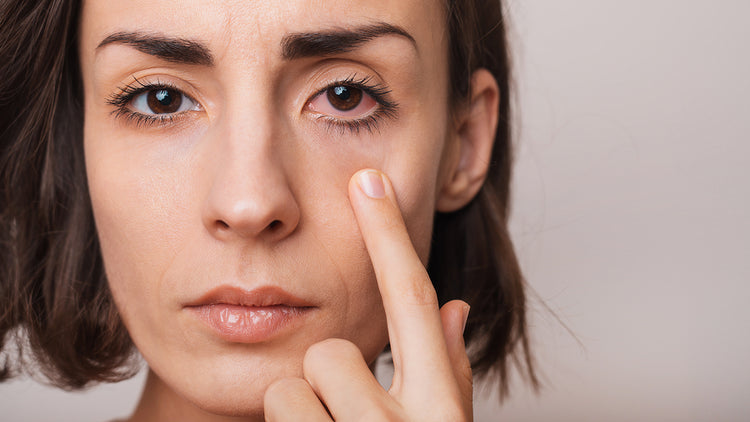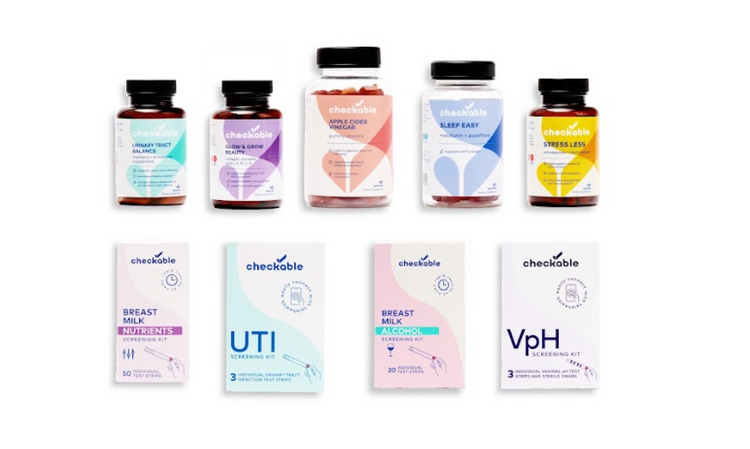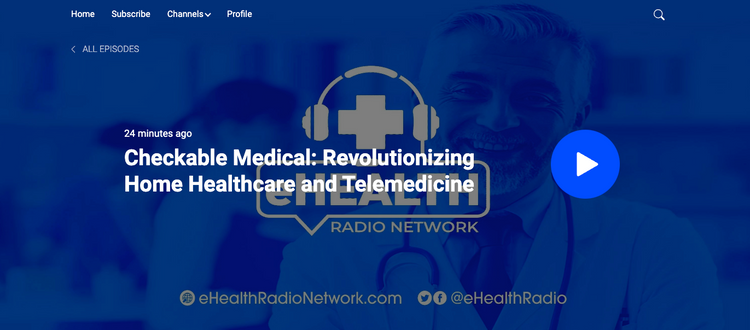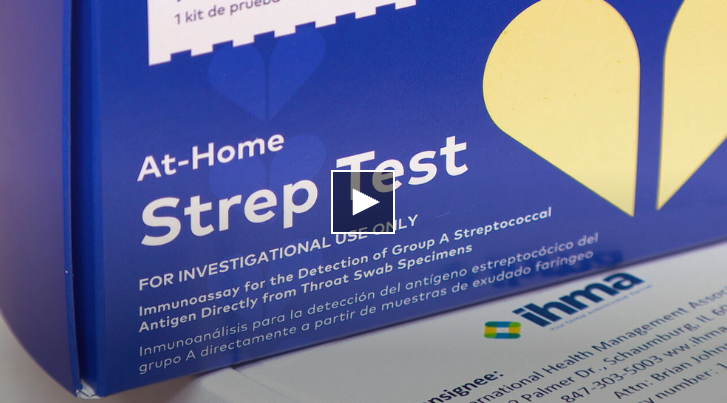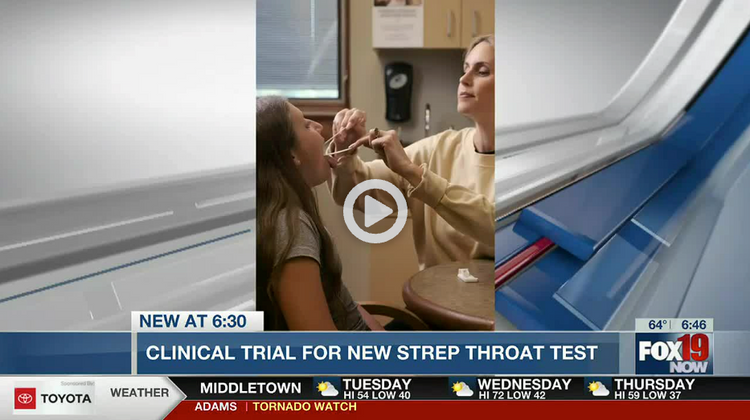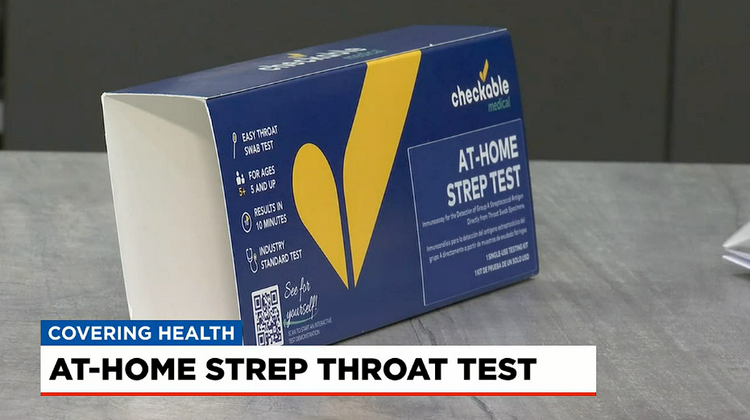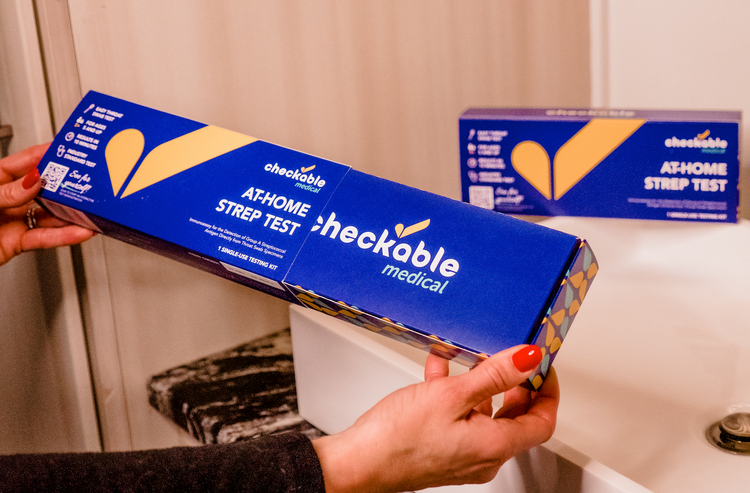
Strep throat is the most frequent form of bacterial sore throat. It's estimated that about 30% of all sore throat cases between the age of five and 15 years old are attributed to strep throat. Strep throat is caused by a bacteria called Streptococcus pyogenes, which belongs to the group of Group A beta hemolytic Streptococci (GAS). Strep throat is a simple infection that can be treated with oral antibiotics. The symptoms may even resolve without treatment in about a week. However, without antibiotic therapy, there’s an increased risk of complications like Rheumatic heart disease, severe inflammation in the kidneys, and arthritis.
Typically, cold weather and crowded indoor spaces, like schools, dorms, and office buildings have been linked with the spread of strep throat infections. Studies have shown that higher rates of strep throat cases are typically reported in late winter and early spring, with some variations in seasonality across the globe. In the northern hemisphere, the peaks of strep throat infections in the United States are in the fall (usually in October) and winter. Reports from the United Kingdom show two peaks for strep throat infections, an initial peak in January and another strong peak in March. Around the globe, the infection typically peaks in both fall/winter and spring when children are in school.
The school environment is a well-known factor in the transmission of infectious diseases, due to the sheer number of children in space and constant sharing of equipment and supplies. Strep throat primarily affects school-aged children, with most kids experiencing an infection every one or two years.
One study found that in a school outbreak, strep throat was identified in 61% of the school kids in just 16 days after the first case was reported. And closing the school for a period of between eight and 14 days decreased the rate of Strep throat infections significantly. Besides schools, crowding in households and military facilities also increases the chances of catching a strep throat infection.
Temperature also plays an important role in the seasonality of strep throat infection. Decreasing the body temperature makes Streptococcus pyogenes more virulent and vice versa. Moreover, temperature also impacts the growth of strep throat bacteria, with the optimum temperature for its growth ranging from 84 to 98.6 degrees Fahrenheit (29-27°C), which might explain the sharp peak in strep throat cases during early springtime. Sun exposure also is an important factor, since the ultraviolet (UV) radiation coming from the sun has shown to kill bacteria. Additionally, UV light indirectly boosts the immune system by increasing the levels of Vitamin D in the body, which helps fight against strep throat infections, among other common illnesses like the cold or flu. Cold air also is a throat irritant for some, which can lower their immune system.
The best way to conquer strep is to prevent it
Strep throat is highly contagious. With one touch of a surface and a swipe of the nose, you can easily pick up the disease. Check out our tips on preventing the spread to keep your family strep-free in any season. It is also a good idea to keep a few at-home rapid strep tests on hand so you can test your child for strep the minute they tell you about their sore throat. If the test is negative, it is probably just a virus like the common cold. If it is positive, you can sync the test to Checkable's new app and connect to a healthcare provider for meds and treatment plan. You can do all of this from home and in just minutes!
Life is too short to sit in a doctor’s office
Sign up for our weekly newsletter and get valuable healthcare tips and tricks in your inbox!
Sign up now and unsubscribe anytime.
- Choosing a selection results in a full page refresh.
- Press the space key then arrow keys to make a selection.











